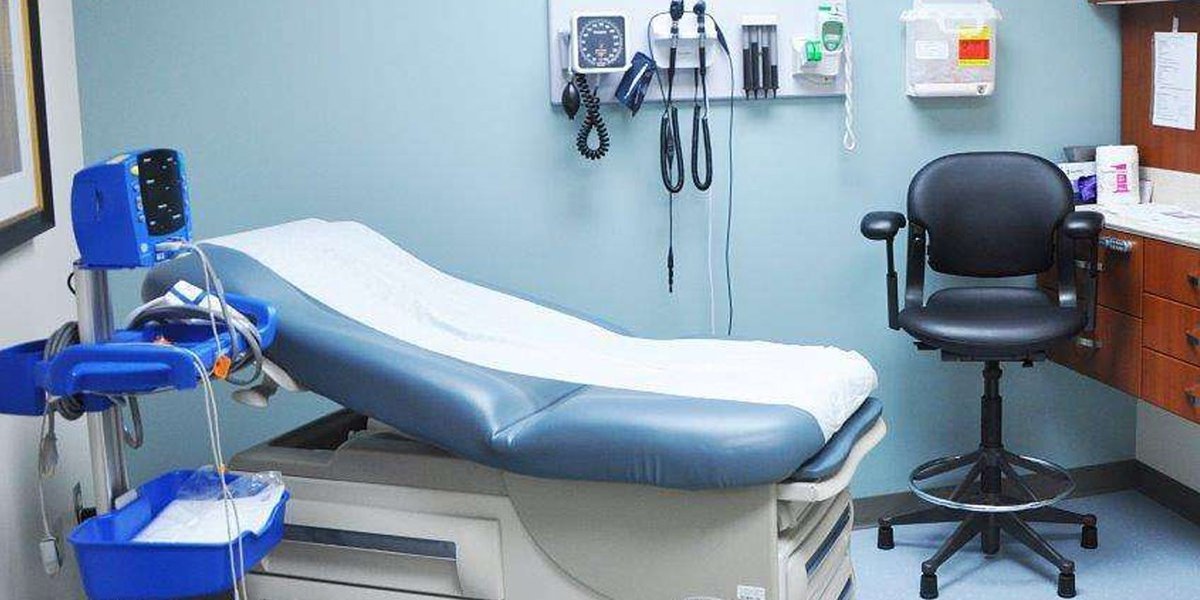Papilloma Virus is the cause of condylomas, the same virus that causes warts on the skin
In nature there are over a hundred Papilloma Viruses and, of these, only a few dozen generally infect the genitals.
A further minority are able to determine changes in cells that may predispose to cancer.
Warts occur on the genitals and/or around the anus, but can also develop around or inside the mouth
Generally painless, they appear as growths with an irregular surface, isolated or grouped, pink or brown in color and of variable size, often associated with itching.
According to the latest published studies, condylomas represent the most frequently encountered sexually transmitted disease in Italy.
They occur mainly in men between the ages of 15 and 40 and tend to return over time.
They are rarely caused by types of HPV that can cause malignancies.
Warts are caused by the Papilloma Virus
Human Papilloma Virus (Hpv) infection is widespread and sometimes manifests itself through benign lesions of the skin and mucous membranes.
In rare cases, it can lead to the onset of tumor forms such as cervical cancer, the only form of neoplasm recognized as totally attributable to a viral infection.
To date, there are over 120 types of HPV distinguished and classified according to the risk of neoplastic transformation: twelve strains classified as high-risk, two those responsible for the tumor evolution of the infection.
Serotypes 6 and 11 alone are responsible for about 90% of genital warts and are generally not associated with the risk of malignant neoplastic transformation.
The Papilloma Virus replicates by exploiting the cells of the skin and mucous membranes and promoting their excessive growth (hyperplasia) which causes the typical formations: condylomas or papillomas of the skin and mucous membranes.
Often these growths are covered by a layer of keratin (hyperkeratosis), typical of some forms of the infection.
The most dangerous types of HPV are, however, those that cause malignant lesions in the upper respiratory tract (larynx, pharynx, tongue, tonsils, palate, nose) or male and female genitals (glans, penis, scrotum for men , perineum, vagina, uterus, cervix for women).
Based on the tropism, papilloma viruses are divided into two categories: cutaneous HPV and mucosal HPV
Skin papilloma viruses are responsible for localized lesions on the hands and feet known as common vulgar warts.
Mucosal papillomaviruses are instead responsible for lesions of the anogenital tract, both in men and women.
They lead to the formation of condyloma acuminata when they belong to low-risk serotypes.
As the infection progresses and its subsequent evolution into a tumor form, the typical symptoms are discomfort and pain during sexual intercourse or blood loss after the same (an event that can also occur outside the menstrual period or after menopause).
Other symptoms are watery, sometimes foul-smelling vaginal discharge and pain in the pelvic area.
Warts: how they present and the symptoms
Warts appear on the skin or lining of the genitals, around the anus, and in rare cases in the mouth and throat.
They are small pinkish or brownish growths of an elongated shape, single or multiple.
In principle, they do not cause significant damage to the organs involved but, often, they recur and lead to the inevitable intervention to remove them.
Because of their irregular surface and because they appear in the form of small exophytic, warty, whitish or pedunculated vegetations, they are also called “cockscombs”.
If the lesions have been present for a long time and are associated with swelling, a tissue sample for histological examination is essential.
Beyond the lesion, which is clearly visible, other symptoms that may occur are:
anal and/or vaginal itching
swelling in the anal area
vaginal bleeding
urethrorrhagia (blood emission from the urethra, even separately from urination)
The causes of warts
The transmission of condylomas occurs sexually: it can therefore be spread through vaginal, anal or even oral intercourse.
In some cases there is the possibility of transmission through objects.
Finally, the mother can infect the newborn at the time of delivery.
The probability of transmission from an infected partner to an uninfected one and the duration of contagiousness are not known with certainty.
The infection generally ends in a short time but sometimes the virus can remain alive in the cells even for a very long time.
Being a contagious sexually transmitted disease, there is a direct relationship between the number of partners and the incidence of warts.
Obviously, the failure to use a condom, and this also applies to all other sexually transmitted diseases (HIV, syphilis, gonorrhea), can also be the cause of the appearance of warts.
In many cases, people are contagious even without their knowledge.
Warts: the diagnosis
Any type of warty-like lesion that appears on the mucous membrane or skin of the genital organs could be warts.
In principle, these are lesions that are mainly noticed by the patient himself.
This can happen through touch or sight and, only in this case, a medical examination is resorted to.
Already upon observation it can be identified whether the lesions found can be considered warts, after which the histological examination will be able to confirm their nature.
What treatments to cure warts
There are two types of treatment that can be applied to cure warts: medical and surgical.
Medical treatment involves applying podophyllotoxin, a gel or cream solution that is spread over the affected area.
The use must take place cyclically (2 times a day for 3 days and then 4-7 days of rest) for a maximum of four times.
Another medical solution is Imiquimod, a topical immunomodulatory cream that is applied to the affected area.
If, on the other hand, you have to resort to surgical treatment to eliminate genital warts, you can rely on three types of interventions:
vaporization with radiofrequency device
Laser Vaporization, which allows faster re-epithelialization with scarring almost always absent
Excision with diathermic loop in case of large florid masses
To be decisive, the treatment must completely eliminate the virus in order to prevent warts from reappearing in the following months.
In any case, even if the lesions are completely removed, the virus can remain nestled in the tissue without causing disturbances and over time (months, years) lead to the reappearance of warts.
Complications and periodic checks
Even the operation carried out to eliminate warts can lead to complications that may arise during the operation and in the post-operative period.
To better deal with the presence of warts it is important to carry out periodic checks to avoid recurrences.
This is precisely one of the most complicated problems to deal with when such lesions occur: recurrences are observed in more than 10% of patients.
The dissemination of the virus occurs very easily and, even after months, warts can recur on the skin of the vulvar, perianal or anal region.
Warts: prevention
The first method to protect yourself from condylomas is the use of a condom, although it is not entirely effective as it does not cover the entire area affected by the infection.
However, it is essential to use it to avoid contracting more or less serious sexually transmitted diseases.
Vaccination against Papilloma Virus (HPV) is also recommended, as it effectively protects not only from warts but also from tumors caused by HPV.
The vaccination requires 2 doses (the second after 4-6 months) if it occurs before the 15th birthday.
Subsequently, 3 doses are required (the second after 1-2 months, the third after 4-6).
Read Also
Emergency Live Even More…Live: Download The New Free App Of Your Newspaper For IOS And Android
Condylomas: What They Are And How To Treat Them
Warts: What Are They, How To Treat Them And How Can We Avoid Them?
Papilloma Virus Infection And Prevention
What Is The Papilloma Virus And How Can It Be Treated?
Anal Warts (Condyloma): How To Recognise And Eliminate Them
Pap Test, Or Pap Smear: What It Is And When To Do It
Rocketing Vaccine Cost Warning
The Vaccine Against HPV Lowers The Risk Of Relapse In Positive Women
HPV Vaccine: Why Vaccinating Against The Papilloma Virus Is Important For Both Sexes
HPV Infection And Cancers Of The Nose, Mouth And Throat: What Is There To Know?
Actinic Keratosis, An Overview Of This Pre-Cancerous Condition
Skin Cancers: Prevention And Care
Melanoma: Causes And Signs
Melanoma: Prevention And Dermatological Examinations Are Essential Against Skin Cancer
Nail Melanoma: Prevention And Early Diagnosis
Dermatological Examination For Checking Moles: When To Do It
What Is A Tumour And How It Forms
Source
Pagine Bianche
Discovered on: 2023-04-08 05:47:49
Source: definition, symptoms, diagnosis and treatment



